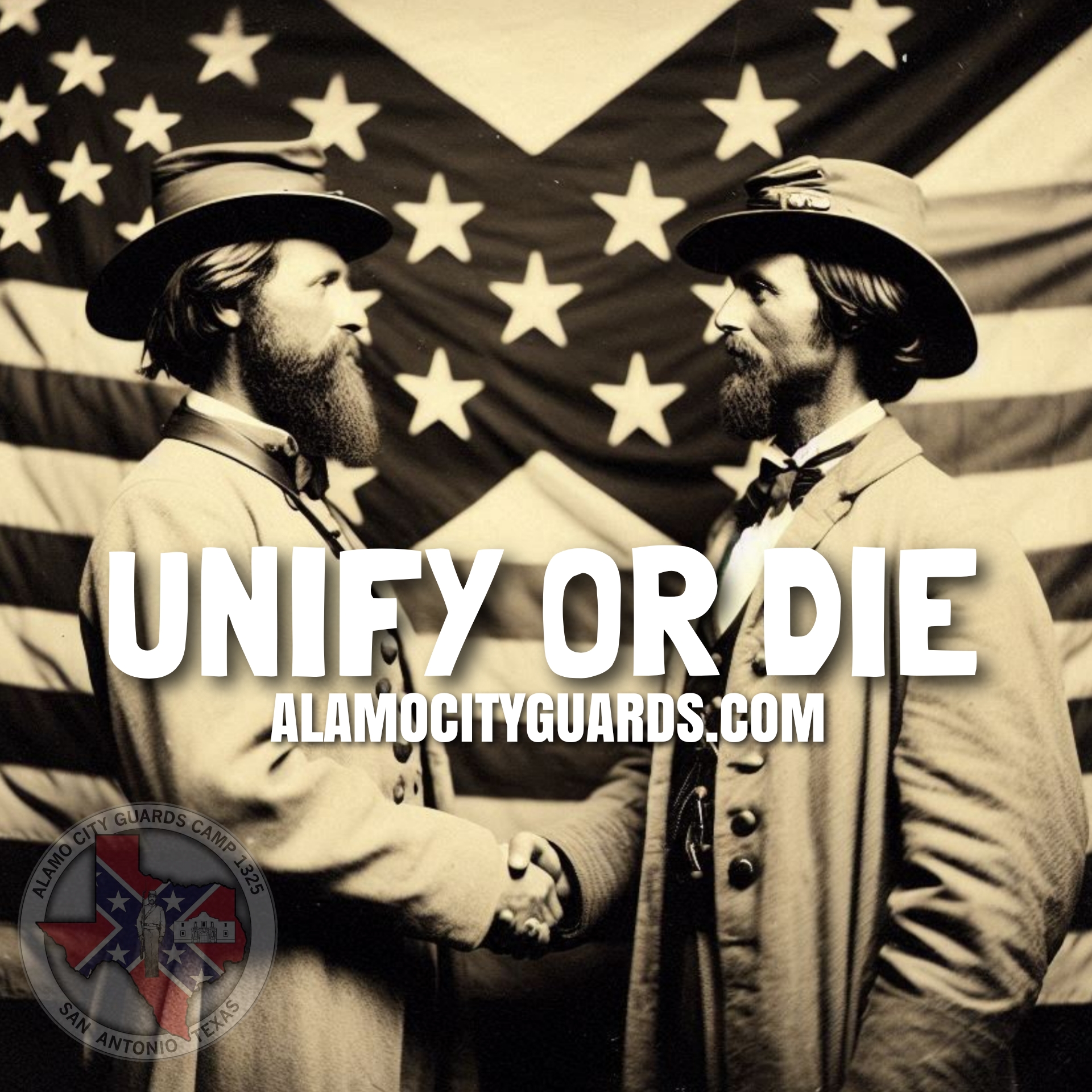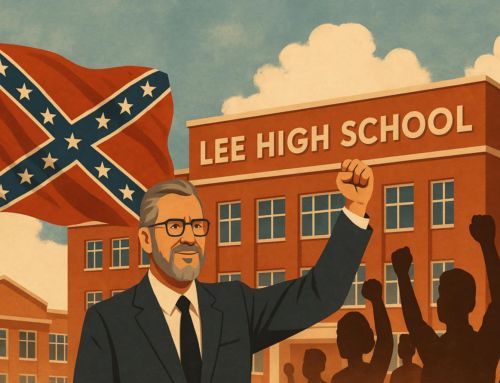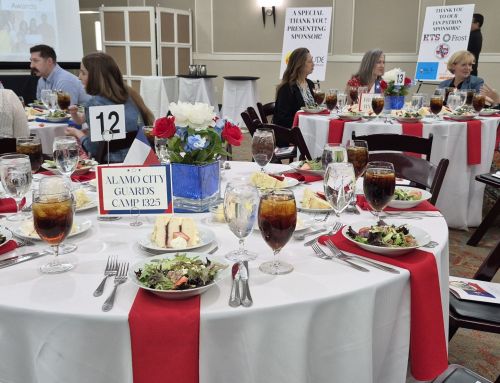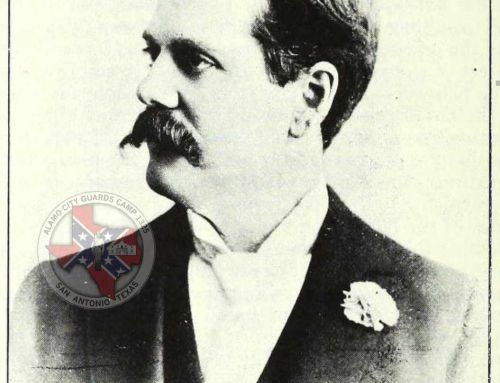Infighting and Its Impact: Lessons from the Confederate States of America to the Sons of Confederate Veterans
In the annals of American history, the Civil War stands as a poignant reminder of the nation’s enduring struggles with unity and division. The Confederate States of America (CSA), despite its brief existence, offers a particularly telling example of how internal conflicts can undermine a cause, regardless of its initial strength or resources. Today, the Sons of Confederate Veterans (SCV), an organization dedicated to preserving the history and legacy of the Confederacy, faces a similar threat from within. As Camp Commander of the Alamo City Guards 1325, I see firsthand how internal discord can erode our collective mission. It is imperative that we learn from the past to safeguard our future.
Infighting Among Confederate Officers
The Confederate States of America faced significant challenges from the outset, not least among them the internal discord among its military and political leaders. Infighting among officers was pervasive and played a critical role in the eventual downfall of the CSA. Several key factors illustrate this destructive internal conflict:
1. Ego and Ambition: Many Confederate officers, driven by personal ambition and ego, frequently clashed with one another. This was particularly evident in the relationships between high-ranking generals. For example, General Joseph E. Johnston’s contentious relationship with President Jefferson Davis led to missed opportunities and strategic blunders. Johnston’s reluctance to cooperate fully with Davis’s plans often resulted in fragmented military efforts.
2. Strategic Disagreements: Confederate leaders often had divergent strategic visions. General Robert E. Lee, for instance, favored aggressive tactics and invasions of the North, believing that bold moves could demoralize the Union and garner foreign support. In contrast, General P.G.T. Beauregard and others advocated for a more defensive strategy. This lack of consensus prevented the Confederacy from adopting a coherent, unified military strategy.
3. Regional Loyalties: Officers and soldiers frequently prioritized their home states over the broader Confederate cause. This parochialism fragmented efforts and fostered resentment among different factions. The prioritization of state over nation made it difficult to sustain a unified front against the Union forces.
These internal conflicts undermined the CSA’s ability to wage an effective war, contributing significantly to its demise. The lack of unity not only sapped morale but also led to strategic missteps that the Union forces capitalized on, ultimately sealing the Confederacy’s fate.
Parallels to the Sons of Confederate Veterans
The Sons of Confederate Veterans, an organization dedicated to preserving the memory and heritage of the Confederate ancestors, faces its own internal challenges that mirror those of the CSA. As members, we are tasked with honoring our shared history, but internal divisions threaten to derail our mission. The lessons from the past are clear: infighting can lead to the dissolution of even the most passionately supported causes.
1. Personal Grudges: Just as the Confederate officers allowed personal animosities to hinder their efforts, members of the SCV sometimes struggle to move past personal grievances. These grudges can fester, creating factions within the organization that detract from our shared goals.
2. Divergent Visions: Within the SCV, there can be differing opinions on how best to honor our heritage and engage with contemporary issues. While diversity of thought can be a strength, it becomes a weakness when it leads to infighting and a lack of cohesive action. It is crucial that we find common ground and work towards a unified approach that respects our varied perspectives.
3. External Pressures: Much like the Confederate States faced opposition from the Union, the SCV operates in a contemporary context where external pressures and public perception play significant roles. A divided organization is easier for critics to target and undermine. Unity is our strongest defense against external opposition.
The Path Forward: Unity and Common Purpose
To ensure the longevity and effectiveness of the Sons of Confederate Veterans, it is essential that we address internal conflicts and work towards unity. Here are several steps we can take:
1. Foster Open Communication: Encourage open dialogue where members can express their views and grievances in a respectful and constructive manner. Facilitating understanding and empathy among members can help bridge divides.
2. Focus on Common Goals: Reiterate and emphasize the common objectives that unite us. By focusing on our shared mission—to honor our ancestors and preserve our heritage—we can transcend individual differences.
3. Conflict Resolution Mechanisms: Implement clear and fair mechanisms for conflict resolution within the organization. Ensuring that disputes are handled impartially and promptly can prevent grudges from festering and becoming larger issues.
4. Leadership by Example: Leaders within the SCV must model the unity and cooperation we wish to see throughout the organization. By setting a positive example, leaders can inspire others to follow suit.
In conclusion, the history of the Confederate States of America provides a stark reminder of the destructive potential of internal discord. As the Sons of Confederate Veterans, we must heed these lessons and strive for unity. By overcoming our internal conflicts, we can honor our ancestors more effectively and ensure that their legacy is preserved for future generations. The time for unity is now; the powers that be may already see us as divided, but together we can stand strong and resilient against any opposition.
Alamo City Guards Camp 1325 | Texas Division | Sons of Confederate Veterans
Military Order of Stars and Bars







I couldn’t have said it any better.